Energy Storage
Schaltbau North America
Wind
Ole Binderup
Solar
Sun Ballast

Standard Solar, a leading commercial and community solar asset owner and operator, has completed a new community solar project in Westport, Massachusetts. The Division Road project, a 2.38 megawatt (MW) ground-mount solar array paired with 999 kilowatt (kW) of DC-coupled battery storage, is now delivering clean, reliable power to the New England grid. The project was acquired from New Leaf Energy and built in partnership with EDF power solutions.
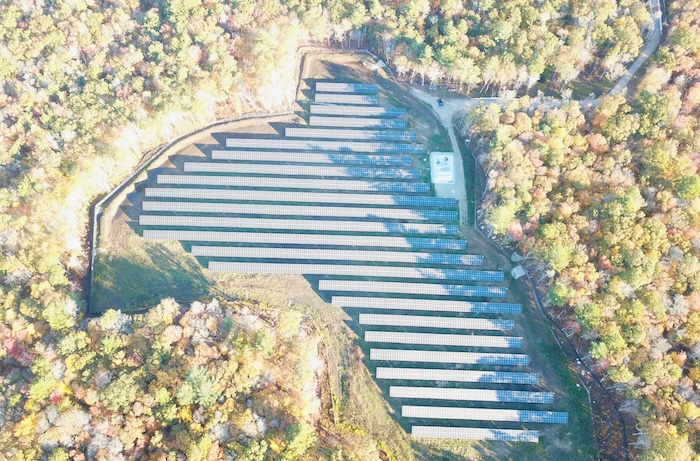
Located on seven acres in Bristol County, the array includes 4,420 modules and is expected to produce approximately 2,500 megawatt hours (MWh) annually. With nearly 1 MW of storage integrated into the design, the project adds flexibility and resilience to the regional grid, ensuring clean energy is available when demand is highest. The project also contributes to the state’s Solar Massachusetts Renewable Target (SMART) Program, which aims to deploy 3,200 MW of solar energy statewide by the end of 2025.
“Projects like this demonstrate the power of solar plus storage to deliver clean energy while strengthening the grid,” said Harry Benson, Director of Business Development, Standard Solar. “With nearly 1 MW of storage, the project adds reliability and ensures greater value for communities and the New England grid. Thanks to Massachusetts’ forward-looking SMART program and strong collaboration with partners, we’re able to advance projects that cut carbon emissions, support the local economy and make renewable energy more accessible across the Commonwealth.”
The project also created construction jobs and continues to generate long-term lease payments and contribute to the local tax base, supporting essential services in Bristol County. Standard Solar continues to expand its portfolio in Massachusetts, New Jersey, New Mexico and other states, advancing its mission to increase access to community solar and help states achieve their environmental, social and governance (ESG) and climate goals.
“This project is a great example of how Standard Solar identifies, acquires and executes on high-quality community solar and storage assets,” said Mike Streams, Chief Development Officer, Standard Solar. “By partnering with New Leaf Energy and EDF power solutions, we transformed a complex development into a long-term operating project that delivers reliable value to the grid and the community. We remain focused on working with developers across the country to expand our portfolio and accelerate the clean energy transition.”
“The Division Road project is a great testament to the strong partnership between New Leaf Energy and Standard Solar,” said Jon Sarno, Sr. Director of Project Finance for New Leaf Energy. “The project had a long, winding development path teeming with real estate and technical challenges. Working with an experienced and knowledgeable partner like Standard Solar allowed us to work through those obstacles while transitioning the project to Standard Solar to manage the construction level engineering and build out.”
Standard Solar | standardsolar.com
New Leaf Energy | newleafenergy.com
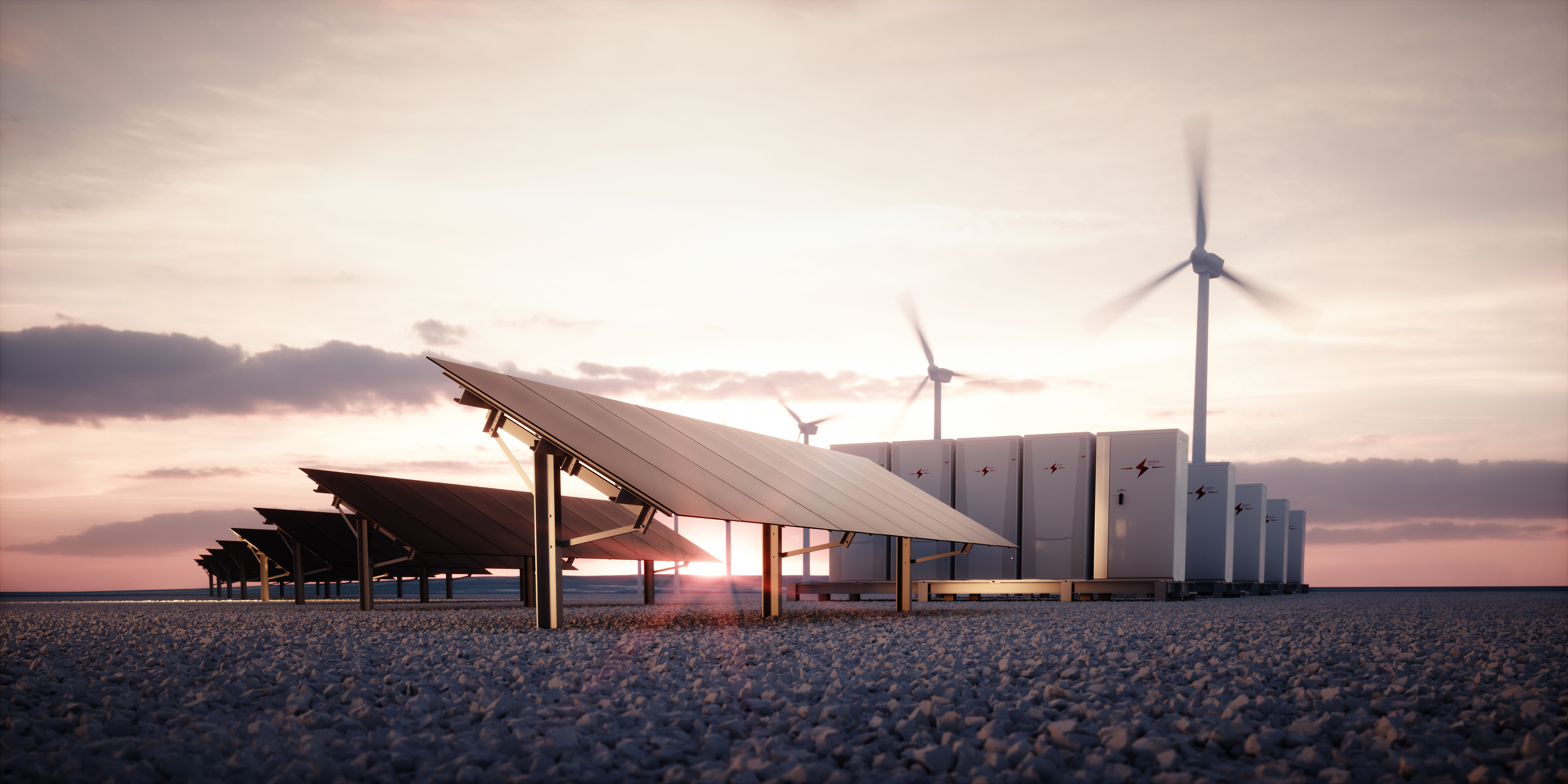
Aligned Data Centers (Aligned) and Calibrant Energy (Calibrant) announced a first-of-its-kind energy solution to address one of the data center industry's most urgent constraints: access to grid power. The announcement comes as the rapid growth of AI and advanced computing fuels unprecedented power demand, accelerating the need to increase load service and ensure reliable access to grid power.
Under the agreement, Calibrant, a premier provider of on-site energy solutions for large power users, will deliver a 31 MW / 62 MWh battery energy storage system (BESS) at Aligned’s data center campus in the Pacific Northwest. The on-site system, planned to be operational in 2026, will enable the facility to come online and scale operations years earlier than would be possible with traditional utility upgrades.
Calibrant and Aligned have been partnering with a regional utility in the Pacific Northwest since the start of negotiations to explore flexibility as a means to increase and accelerate interconnection. Aligned’s adaptive data center solutions power customers’ most demanding cloud, AI / high-performance compute (HPC), and enterprise workloads.
“This project flips the script on how data centers access power,” said Phil Martin, CEO at Calibrant. “Rather than the false choice between waiting years for system upgrades or having to go off grid entirely, we're working with leading data center providers like Aligned to use distributed energy solutions to facilitate and accelerate grid interconnection.”
“This innovative model allows large power users to take control of their energy future while being stewards of their community – ensuring growth objectives are met in a manner that supports grid reliability, has minimal environmental impact, and doesn't burden others with the costs."
This will be the first time in the U.S. that a battery system is purpose-built to accelerate interconnection and bring a large-scale data center online. Developed using Calibrant’s Path to Power solution – a replicable, scalable approach that leverages on-site energy to overcome siting and capacity bottlenecks – the system functions as a grid-responsive asset, designed to discharge during peak demand, bolster grid reliability, and ensure uninterrupted service for Aligned’s customers.
Calibrant and Aligned prioritized safety and the use of domestically manufactured components for this project, sourcing from suppliers that maintain strong U.S.-based manufacturing and supply chains. The battery system exceeds international safety standards by incorporating multiple layers of protection, including safer battery chemistry, built-in fire mitigation measures, and remote 24/7 monitoring – for reliable and safe operations.
Key equipment, including transformers, switchgear, and batteries, were all manufactured and/or assembled in the United States, underscoring our commitment to supporting domestic manufacturing.
“This strategic project redefines how we grow in power-constrained markets," said Andrew Schaap, CEO at Aligned. "With this BESS, we’re converting our load from a potential grid liability into a dynamic grid asset, providing the regional utility with the tools needed to accelerate our ramp. And we’re doing it responsibly, without impacting ratepayers."
“We're proud to partner with Calibrant on a new market-defining initiative, directly addressing the industry's critical constraint of access to grid power. Their experience in serving large power users and critical facilities was instrumental in our ability to move quickly and efficiently.”
Calibrant and Aligned confirmed they are considering similar projects in other markets, signaling a repeatable approach for data center operators facing interconnection challenges.
Aligned Data Centers | www.aligneddc.com
Calibrant Energy | https://calibrantenergy.com
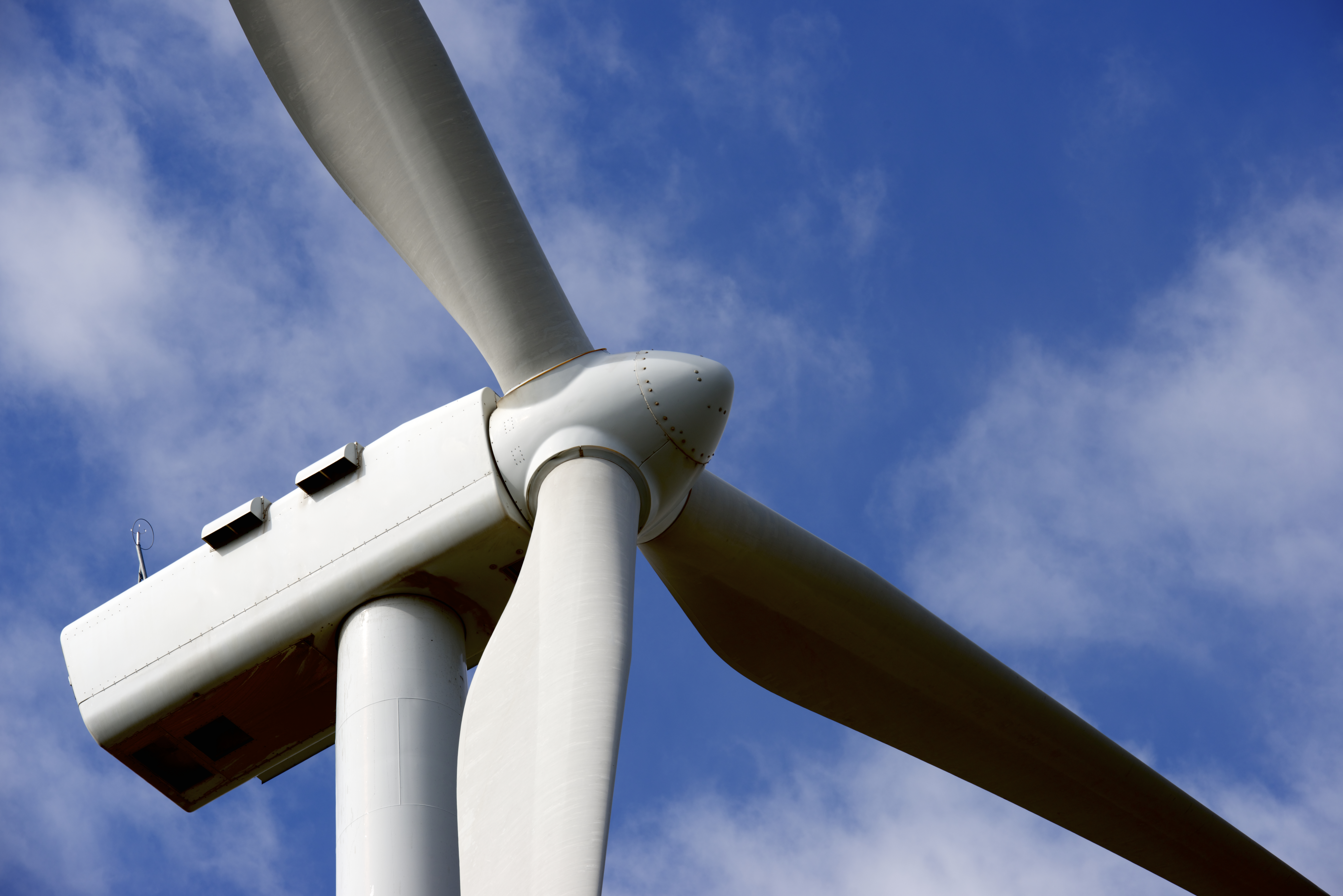
Hoffmann Green Cement Technologies (ISIN: FR0013451044, Ticker: ALHGR) (“Hoffmann Green Cement” or the “Company”), an industrial player committed to the decarbonation of the construction sector that designs and markets innovative cold produced, clinker-free cements, announces that it has obtained a Technical Assessment (ATec) validating the use of its H-UKR decarbonized cement for wind turbine foundations. This unprecedented recognition, a world first for a 0% clinker cement, certifies that the H-UKR solution meets the highest standards of sustainability, safety, and performance for particularly rigorous applications such as wind power.
A strategic step towards new markets
This certification marks another key milestone for Hoffmann Green, enabling it to further accelerate its growth in the renewable energy market from 2026 and beyond. Obtaining this ATec certification paves the way for new commercial opportunities in this sector, strengthening its insurability with project owners and construction professionals.
Wind power is a high-potential market where each foundation pour requires 600 to 800 m3 of concrete. This validation is fully in line with Hoffmann Green's diversification strategy, particularly towards large-scale projects in the renewable energy sector.
Key technical and regulatory recognition
This Technical Assessment, issued by the CCFAT (Commission in Charge of Formulating Technical Assessments) with technical support from the CSTB, is the result of 18 months of work by Hoffmann Green's Evaluation and Quality Department. More complex than a building foundation, a wind turbine foundation must withstand concrete damage (fatigue) caused by continuous exposure to wind and vibrations throughout the wind turbine's lifetime. H-UKR cement has been tested and proven to withstand more than 1 million compressions without any loss of mechanical performance.
Julien BLANCHARD and David HOFFMANN, Co-founders of Hoffmann Green Cement Technologies, say: “Obtaining this Technical Assessment for a 0% clinker cement in an application as rigorous as wind turbine foundations marks a key milestone for Hoffmann Green. It confirms the reliability of our technologies in large-scale projects and enables us to accelerate our development in the renewable energy market from 2026 and beyond.”
Hoffmann Green Cement Technologies | www.ciments-hoffmann.fr/

ON.energy announced the launch of AI UPS, the world’s first medium voltage uninterruptible power supply (UPS) purpose-built for AI data centers. Designed to deliver full-facility resilience while protecting the grid, AI UPS establishes a new benchmark for how next-generation compute infrastructure connects to power.
AI data centers have become the largest single power loads on earth. Multi-hundred-megawatt campuses and high load factors are stretching utility systems faster than interconnection processes can evolve. Traditional UPS designs were never intended to handle the rapid ramp rates, voltage transients, and disturbance sensitivity of AI workloads, creating a growing risk to both uptime and grid stability.
ON.energy’s AI UPS sits between the grid and the data center as a dynamic power layer that ensures reliable, grid-safe data center architecture. Its proprietary system architecture scales seamlessly from megawatts to gigawatts in both grid-connected and off-grid environments, safeguarding the grid and on-site generation by absorbing AI transients and load fluctuations while delivering industry-leading voltage and frequency ride-through performance that accelerates interconnection timing.
“The global race to build AI training capacity may be the most important infrastructure challenge of our time. Managing the massive, volatile load profiles of GPU clusters without risking grid stability is the bottleneck that defines how quickly these facilities can come online," said Alan Cooper, Co-Founder and CEO of ON.energy. “AI UPS is the new standard for how to interconnect AI data centers to the grid—faster, safer, and more resilient.”
Unlike conventional UPS systems, AI UPS is grid-interactive, transforming what was once a sunk cost into a revenue-generating asset. Data center owners can leverage ON.energy’s medium-voltage UPS in energy markets or behind-the-meter energy savings programs, generating millions of dollars of revenue annually per 100 MW of IT load.
“We engineered AI UPS to set a clear technical standard for what grid-safe data center interconnection looks like,” said Ricardo de Azevedo, Co-Founder and CTO of ON.energy. “It’s a scalable foundation for the next era of AI infrastructure, one that protects both the data center and the grid.”
ON.energy’s AI UPS is now being deployed across multiple U.S. hyperscale campuses, supporting the rapid expansion of AI infrastructure with resilient, grid-safe power systems built for scale.
ON.energy | https://www.on.energy/
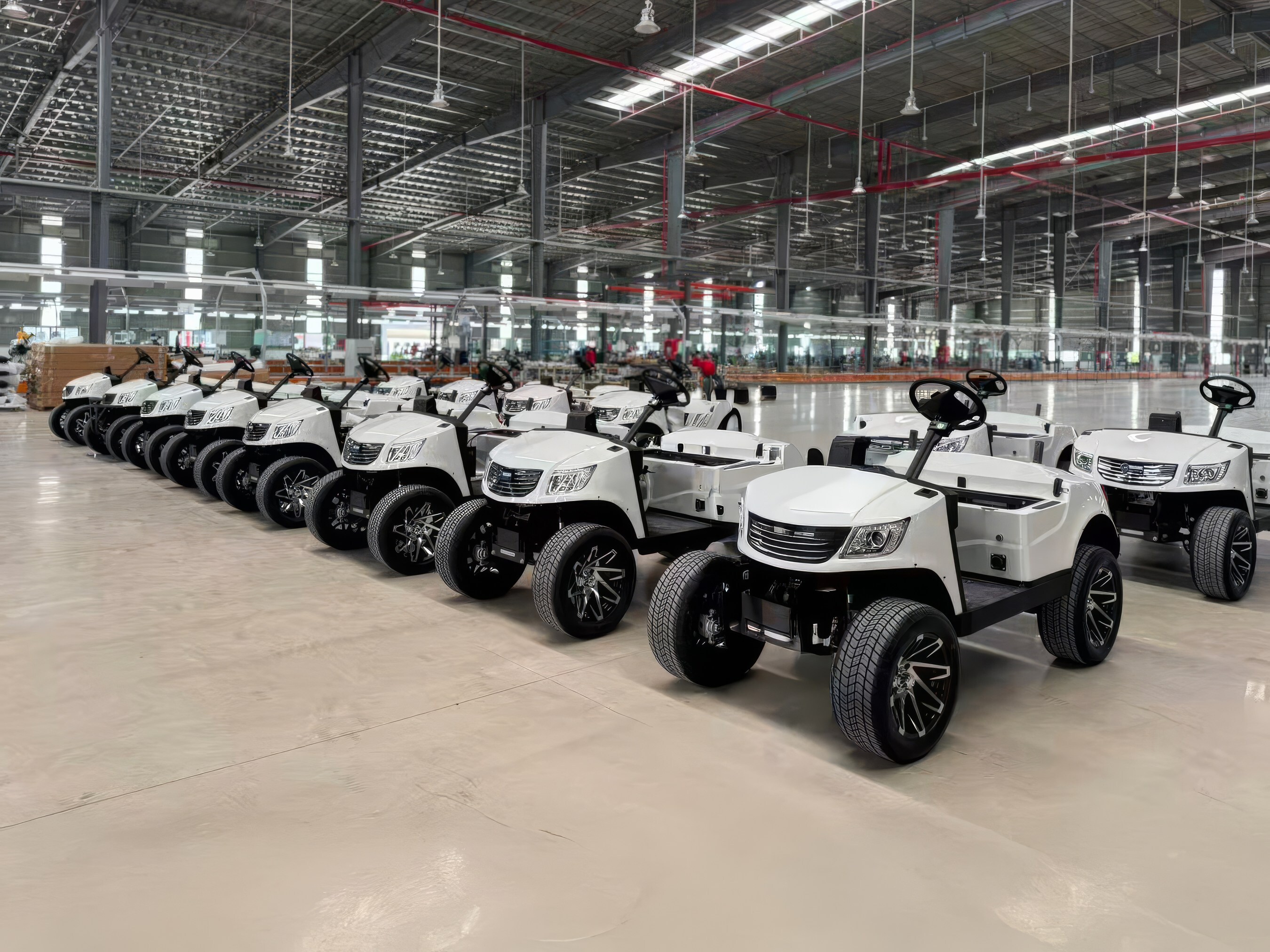
Massimo Group, a manufacturer and distributor of powersports vehicles and products, announced that production of its new 2026 MVR Golf Cart and MVR Cargo Max Electric Utility Cart has begun in Vietnam.
This strategic collaboration strengthens Massimo's global supply chain and supports the company's ongoing initiatives to enhance production flexibility and expand capacity for its rapidly growing lineup of electric vehicles.
Strategic Vietnam Partnership Enhances Global Capabilities
"Our partnership in Vietnam represents an important milestone in Massimo's continued evolution," said David Shan, Chief Executive Officer of Massimo Group. "By leveraging international manufacturing relationships, we're improving efficiency, lowering costs, and expanding our ability to meet accelerating demand across both recreational and utility markets."
The Vietnam production partnership enables Massimo to increase output while maintaining the company's quality and value standards for its dealer network and end customers worldwide.
Introducing New Lithium-Ion Power Options
Coinciding with this production expansion, Massimo is introducing new Lithium-Ion battery options across its MVR Series electric carts. The upgraded 48V 105Ah system delivers higher performance, longer lifespan, and greater efficiency compared to traditional lead-acid batteries.
Key benefits include:
"The addition of lithium power across our MVR lineup reflects the strong feedback we're hearing from dealers and customers," Shan added. "These updates make our products more competitive, more efficient, and better aligned with the future of electric mobility."
Positioned for Growth and Value Creation
Massimo's expansion into Vietnam and adoption of advanced battery technology are expected to improve gross margin performance, strengthen logistics, and support scalable international growth. These initiatives reflect the company's broader strategy to expand global manufacturing partnerships and deliver innovative electric solutions.
Massimo Group | https://www.massimomotor.com/
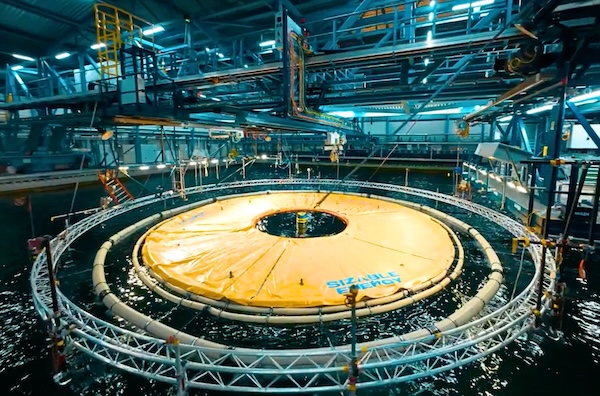
Sizable Energy, a pioneer in long-duration ocean energy storage, announced it has raised $8 million to accelerate its path to commercial deployment. The round was led by Playground Global. With successful testing completed at the offshore wave basin at Maritime Research Institute Netherlands (MARIN) and new sea trials launching in Reggio Calabria, Italy, Sizable is now advancing its offshore pumped hydro system to deliver low-cost, long-duration energy storage using gravity.
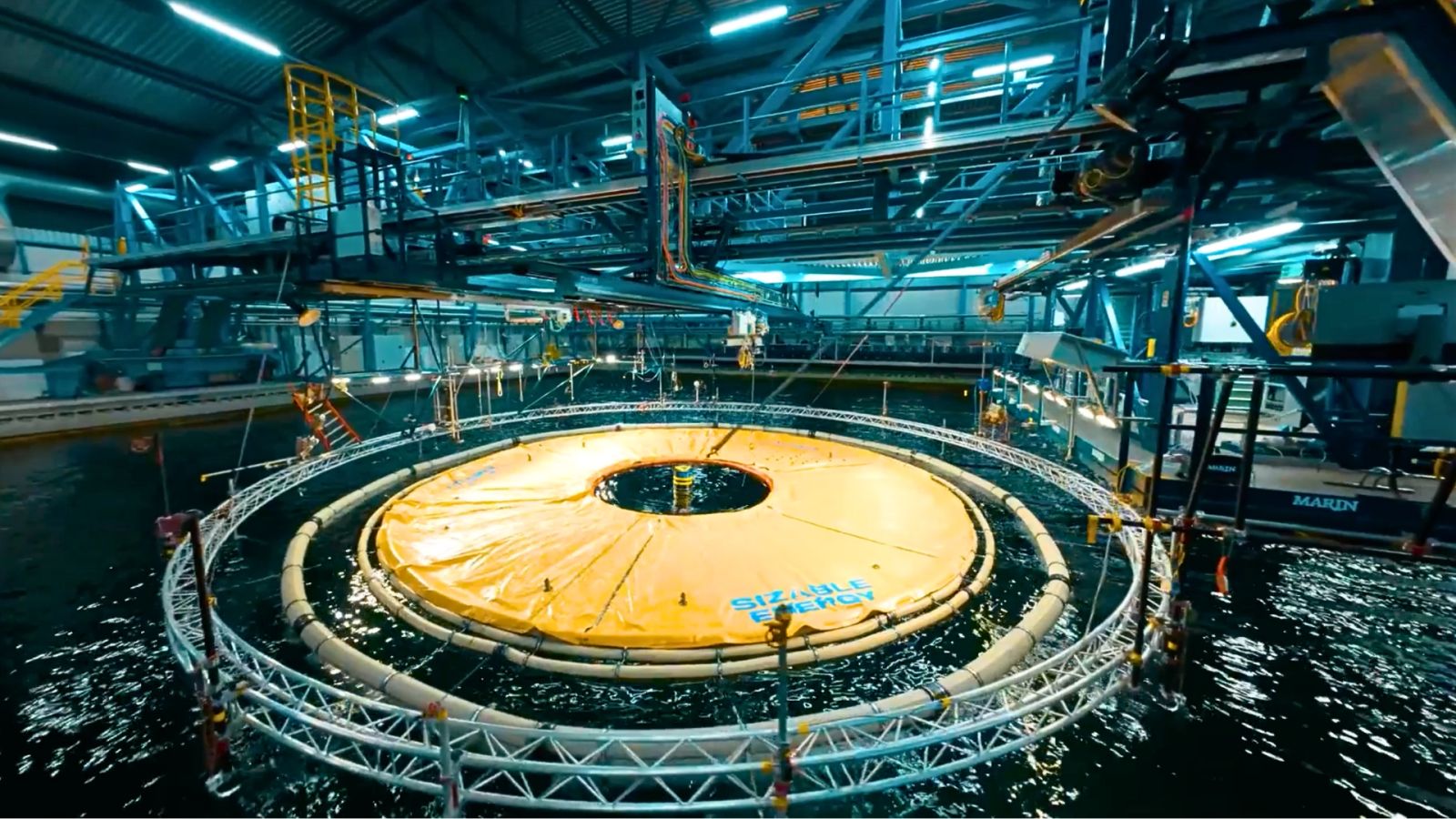
“Without cost-effective long-duration storage, the grid cannot keep up, regardless of energy source,” said Dr. Manuele Aufiero, CEO and Co-Founder of Sizable Energy. “Our ocean-based system stores gigawatt-scale power affordably, making the grid more stable, resilient, and ready for the future.”
This investment round will accelerate the development and deployment of Sizable Energy’s innovative offshore pumped hydro system, designed to provide economical and reliable long duration energy storage (LDES).
The world needs up to 120 terawatt-hours of long-duration energy storage by 2040, ten times more than we have today. Most of today’s storage installed capacity comes from onshore pumped hydro, but it’s slow to build, expensive to scale, and limited by geography and environmental concerns. Sizable Energy offers a faster, more flexible solution: offshore pumped hydro that’s modular, cost-effective, and ready to deploy at scale.
The New Gravity Battery: Sizable Energy to Build Offshore Pumped Hydro
Sizable Energy’s patented offshore pumped hydro system stores energy by pumping saturated sea salt brine (heavier than seawater) from the seabed to a surface reservoir, leveraging the depth of the ocean for efficient energy storage.
Invisible from the shore, Sizable Energy’s ocean energy storage solution:
“As a society, we’ve proven that wind and solar can deliver the cheapest electrons. Now we urgently need a long duration energy storage solution that can be economically deployed at massive scale,” said Bruce Leak, general partner at Playground Global and board member of Sizable Energy. “Ocean depth is a practically unlimited resource, and Sizable Energy is leveraging it to deliver long-duration energy storage at a fraction of the cost of batteries. Their gravity-based approach is the clear path to enabling energy abundance.”
Rigorous Tests Leading to Megawatt Demonstration Plant
Sizable Energy has validated its core technology at both wave basin labs and in-ocean demonstrations, proving it can withstand real marine conditions and scale up. In September, the team tested the system at MARIN, one of the world’s leading maritime research institutes. These tests confirmed that the system can operate reliably in harsh ocean environments, clearing a critical hurdle as Sizable prepares to deploy its megawatt-scale pilot system.
Sizable Energy has also begun deployment of its next sea trial off the coast of Reggio Calabria, Italy. This pilot will validate all key floating components, demonstrate the full-scale assembly and deployment process, setting the stage for a multi-MWh demonstration plant in the Mediterranean Sea off the coast of Italy.
With this milestone approaching, the company is preparing for commercial project development in 2026 across multiple global sites, in partnership with local manufacturers, governments, and energy providers.
Additional investors include Exa Ventures, Verve Ventures, Satgana, EDEN/IAG, and Unruly Capital which led a previous round.
Sizable Energy | https://sizableenergy.com

kWh Analytics, the market leader in Climate Insurance, has been awarded Sustainable Re/Insurer of the Year and Climate Risk Transfer Deal of the Year by InsuranceERM at its Climate Risk and Sustainability Awards. This award marks the third consecutive year kWh Analytics has been honored by InsuranceERM, following the company’s 2024 win for Sustainable Insurance Initiative of the Year and 2023 win for Climate and Sustainability Collaboration of the Year.
For over a decade, kWh Analytics has been a leader in advancing innovations in Climate Insurance through intelligent underwriting and data-driven risk transfer solutions purpose-built for renewable energy assets. The company was recognized as this year’s Sustainable Insurer of the Year for its continual advancement of its offerings through innovative partnerships, advanced modeling, and cutting-edge automation, which are setting industry benchmarks in renewable energy insurance.
kWh Analytics received the Climate Risk Transfer Deal of the Year honor for its pioneering Wind Proxy Hedge, a credit enhancement that improves the bankability of wind projects. The Wind Proxy Hedge, developed in consultation with Munich Re, marks the latest innovation in risk transfer solutions, which have been a hallmark of kWh Analytics’ commitment to building the technical infrastructure and driving capital efficiency and bankability essential for a resilient clean energy transition.
“The rapid growth of the renewable energy industry amidst worsening weather events brings new challenges, making innovation and collaboration more essential than ever,” said Jason Kaminsky, CEO, kWh Analytics. “We’re honored to be recognized by InsuranceERM and our peers for the work we’re doing to ensure that renewable assets continue to scale to reliably meet rising energy demands.”
InsuranceERM's Climate Risk and Sustainability Awards recognize the individuals, teams, companies, and software providers who have stood out as leaders and innovators in this area of international focus. The InsuranceERM awards are the latest in a string of honors kWh Analytics has received since launching Property Insurance for renewable energy assets, including being awarded $500,000 from InnSure’s Insurance Innovation Prize supported by the New York State Energy Research and Development Authority (NYSERDA), and named a finalist for two prestigious Program Manager Awards – Program Launch of the Year and Innovation in Programs in 2024, and Insurance Insider US Underwriting Innovation of the Year in 2025.
kWh Analytics’ innovative products and partnerships come at a time when renewable energy is increasingly contributing to grid stability amidst heightened load demand. The company’s leadership in renewable energy insurance has enabled the development of data-driven policy terms, conditions, and pricing that match the risk profile, rewarding resilience and encouraging prioritization of risk management. This approach strengthens sector stability and insurability, while driving continued growth and innovation.
kWh Analytics | https://www.kwhanalytics.com/
Solar Oct 10, 2025
Solar is safe when it’s maintained — and risky when basics slip. Across sites, the pattern behind many PV fires is consistent: soiling and shading create hot spots; loose or corroded DC joints run hot; wildlife and litter add fuel; and moisture i....
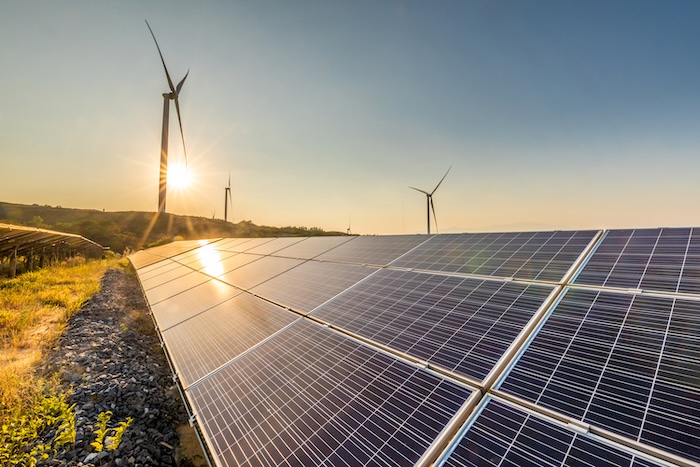
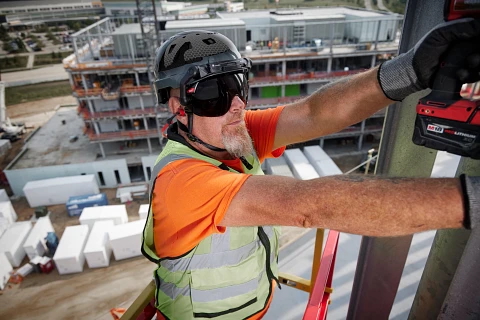
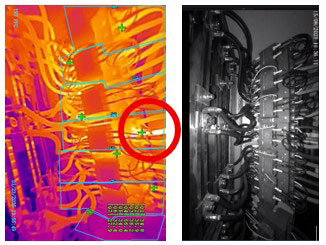
Solar is safe when it’s maintained — and risky when basics slip. Across sites, the pattern behind many PV fires is consistent: soiling and shading create hot spots; loose or corroded DC joints run hot; wildlife and litter add fuel; and moisture i....
As utility-scale hybrid solar and battery energy storage projects become standard across North America, operators are facing increasing complexity. These systems are no longer passive generators, but dynamic assets that must respond in real time to g....
It didn’t start with a robot. It started with a problem. Clean energy is one of the hottest commodities today, and the world is rushing to meet this increasing demand. However, the typical financial barrier isn’t a problem for the industry; it....
Wind power has been a highly successful ....
As wind turbines keep growing taller and....
As energy needs grow more complex and grid instability becomes a regular concern, mobile microgrids are gaining attention as a flexible, lower-emission energy solution. Their emergence is timely. From wildfire-related outages in the West to hurricane....
A next generation of Virtual Power Plants has emerged in 2025, embodying trends which will require more efficient integration with utility grids. These trends span a wide range: VPPs that integrate EV charging and other new resources; building manage....
The confluence of several energy challenges has presented itself within the North American market. Rising electricity demands, grid reliability concerns, affordability and bottlenecks have reached an inflection point. Microgrids are emerging as a sol....
After months of debate in Congress, the One Big Beautiful Bill Act (OBBBA) was finally signed into law. With the goal of restructuring and simplifying federal incentive programs while reducing long-term costs, the OBBBA comes with several updates and....
Helium, once known primarily for its niche industrial uses, has emerged as a strategic political asset amid rising geopolitical tensions and trade uncertainties. Its critical role in next-generation technologies such as semiconductors, space explorat....
The need for reliable, high-quality electricity has never been greater now the grid is highly dependent on getting its supply from multiple sources. Power grid quality monitoring increasingly plays a significant role in ensuring that electricity arri....